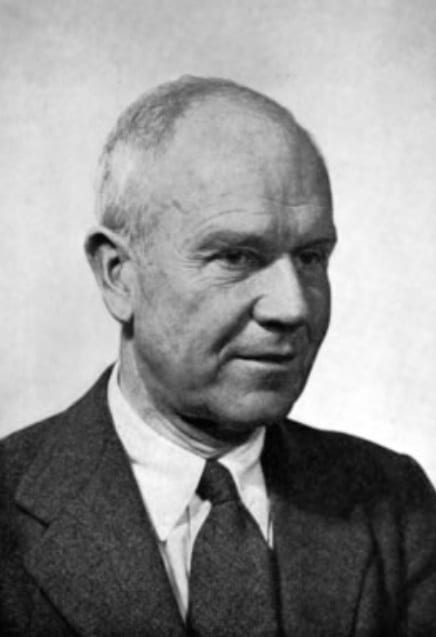Hi everyone, welcome back to a new post. We recently complete an awesome unit in humanities! This unit was on travel videos. For this unit we went to Victoria and had an adventure through time. We visited many amazing sites such as the Royal B.C. Museum, B.C. Legislature, Ross Bay, and Chinatown! Our project for this field study was to make a video on a specific place. I decided to do my video on Chinatown. Here it is below.
It took a lot of effort to get that video to where it is. Many hours of editing. Let’s rewind to the beginning of our unit so that I can explain how it got there.
This unit was called the Wild West referring to the founding of B.C. and in particular Victoria. So for thoughs of you who were hoping for cowboys, this is unfortunately not the right place, but please read on.
Just like any other unit we of course had a driving question. For this unit the driving question was How might we help visitors to Victoria connect with BC’s history? With this question at the for front of our minds we began to learn about travel videos.
There are many different things that make a travel video as well as there being many different types of travel videos. We watched a variety of different type so that we could understand what type of videos we should be making. Some of the videos we watched were:
And Ms. Maxwell’s favourite RICK STEVES!
As you can see these videos are all very different and unique in their own way. For our videos we were told to aim for somewhat of a mix between Rick Steves and Michael Palin. The idea was to make the video interesting and immersive but still formal and informative.
We also learned about camera angles and how to film someone professionally. It all is based upon one main idea, the rule of thirds. The rule of thirds states that the person in the shot should be on one side and the other should be of the background.
See how Kyle is in about 1/3 of the shot and the other thirds are empty. This is how you should be in a video. We did some practice with the rule of thirds because practice makes perfect. To know if you have done the rule of thirds correctly you should be able to draw a grid over the person and they should be sitting on a vertical line and their eyes should be on a horizontal line.
Sorry if this is a bit confusing but I hope the images helped. If you have any question feel free to comment them down below.
Victoria
I don’t know if you know already but in PLP we go on field studies to places that will help enhance our learning. This video and what we were supposed to learn in this unit “coincidently” could both be enhanced with a field study to guess where? Yes, Victoria!
Our trip began with a early morning as we had to be at seycove at 5 AM. It was then a 2 hour ish ferry ride across the Georgia strait to Vancouver Island and lastly a 30 minute drive south to the capital itself Victoria.
We stayed at Hotel Zedd which is a pretty nice hotel not to far from the city centre.
Our time in Victoria was three days shorter then our previous field studies but we still had a blast. While we were there we went to many magical places such as Ross Bay cemetery, The Parliament Building, Royal B.C. museum and of course Chinatown! At the parliament building we got a tour from our MLA Jane Thornthwaite!
The entire time we were constantly shooting and filming B-roll. It wasn’t easy as we were on a very tight schedule and had very little time to film us talking.
Video drafts
Before I show you my drafts we should go though the criteria that these videos had to pass. Firstly it had to be between 3-4 minutes in length. Second it had to have an intro sequence. Thirdly there had to answer and/or relate to our driving question.















